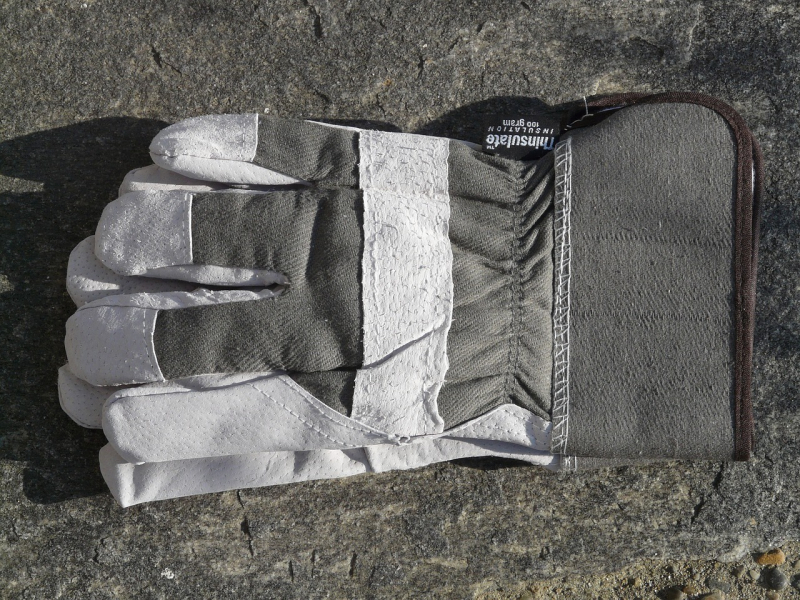The evolution of protective gear
The concept of protective gloves dates back centuries, evolving from simple leather hand coverings to sophisticated, multi-functional gear. Mechanics gloves, in particular, have undergone significant transformations to meet the growing demands of various sectors such as automotive repair, construction, and manufacturing. These gloves are now designed with advanced materials and technologies, providing superior protection, comfort, and dexterity.
Advanced materials and technology
Modern mechanics gloves are crafted from high-performance materials such as synthetic leather, Kevlar, and nitrile. These materials offer a unique combination of durability, flexibility, and resistance to cuts, abrasions, and chemicals. Additionally, the integration of advanced technologies like touchscreen compatibility, impact protection, and enhanced grip ensures that these gloves meet the diverse needs of workers.
Synthetic leather and its benefits
One of the standout materials used in mechanics gloves is synthetic leather. Unlike traditional leather, synthetic variants provide consistent quality and performance. They are resistant to moisture, oil, and various chemicals, making them ideal for environments where exposure to such substances is common. Moreover, synthetic leather is more breathable and flexible, allowing for prolonged use without compromising comfort.
Kevlar for cut resistance
Kevlar, a material renowned for its use in bulletproof vests, is another critical component in the design of mechanics gloves. Its exceptional cut resistance makes it an excellent choice for protecting workers' hands from sharp objects and tools. This is particularly important in industries like automotive repair, where workers frequently handle metal parts and sharp edges.
Nitrile for chemical resistance
Nitrile, a synthetic rubber, is highly valued for its chemical resistance properties. Mechanics gloves made with nitrile offer superior protection against oils, fuels, and other hazardous chemicals. This feature is essential for workers in automotive and industrial settings, where exposure to such substances is a daily occurrence.
Enhanced grip and dexterity
One of the primary functions of mechanics gloves is to provide a secure grip, enabling workers to handle tools and components with precision. Modern gloves feature textured surfaces and specialized coatings that enhance grip, even in wet or oily conditions. This not only improves efficiency but also reduces the risk of accidents caused by slipping tools or materials.
Impact protection
In addition to grip, mechanics gloves are designed to protect against impacts and vibrations. Many gloves now incorporate thermoplastic rubber (TPR) and other impact-absorbing materials on the knuckles and fingers. This added layer of protection is crucial for workers who operate heavy machinery or power tools, as it reduces the risk of hand injuries.
Touchscreen compatibility
In today's digital age, many workers rely on electronic devices to perform their tasks. Mechanics gloves with touchscreen compatibility allow users to operate smartphones, tablets, and other touch-enabled devices without removing their gloves. This feature enhances productivity by enabling seamless communication and access to digital tools.
The economic benefits of using mechanics gloves
Investing in high-quality mechanics gloves can lead to significant economic benefits for both employers and employees. By reducing the incidence of hand injuries, companies can minimize downtime and associated costs. Moreover, the increased efficiency and productivity resulting from improved grip and dexterity can lead to higher output and profitability.
Reducing injury-related costs
Workplace injuries can be costly, not only in terms of medical expenses but also due to lost productivity and potential legal liabilities. Mechanics gloves play a crucial role in preventing hand injuries, thereby reducing these costs. Employers who prioritize the use of proper PPE can expect lower injury rates and associated expenses.
Enhancing productivity
Mechanics gloves designed for optimal grip and dexterity enable workers to perform tasks more efficiently. This increased productivity can have a direct impact on a company's bottom line. Workers can complete tasks faster and with greater accuracy, leading to higher quality output and reduced rework.
Mechanics gloves have evolved into a vital component of modern PPE, offering a range of benefits that extend beyond basic hand protection. Their advanced materials, enhanced grip, and additional features such as impact protection and touchscreen compatibility make them indispensable in various industries. By investing in high-quality mechanics gloves, employers can enhance workplace safety, reduce costs, and boost productivity. As technology continues to advance, we can expect further innovations in the design and functionality of these essential gloves, ensuring that they remain a crucial element of workplace safety and efficiency.

